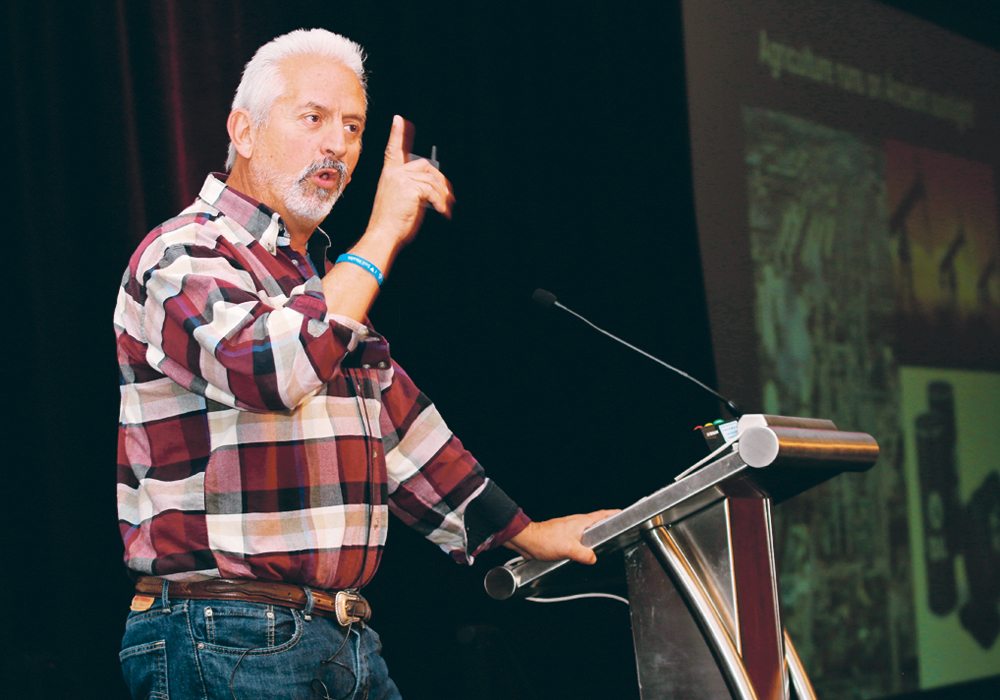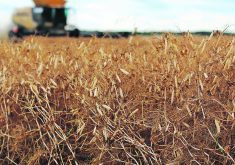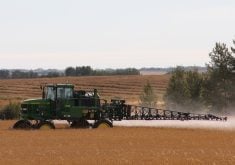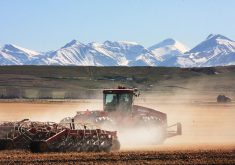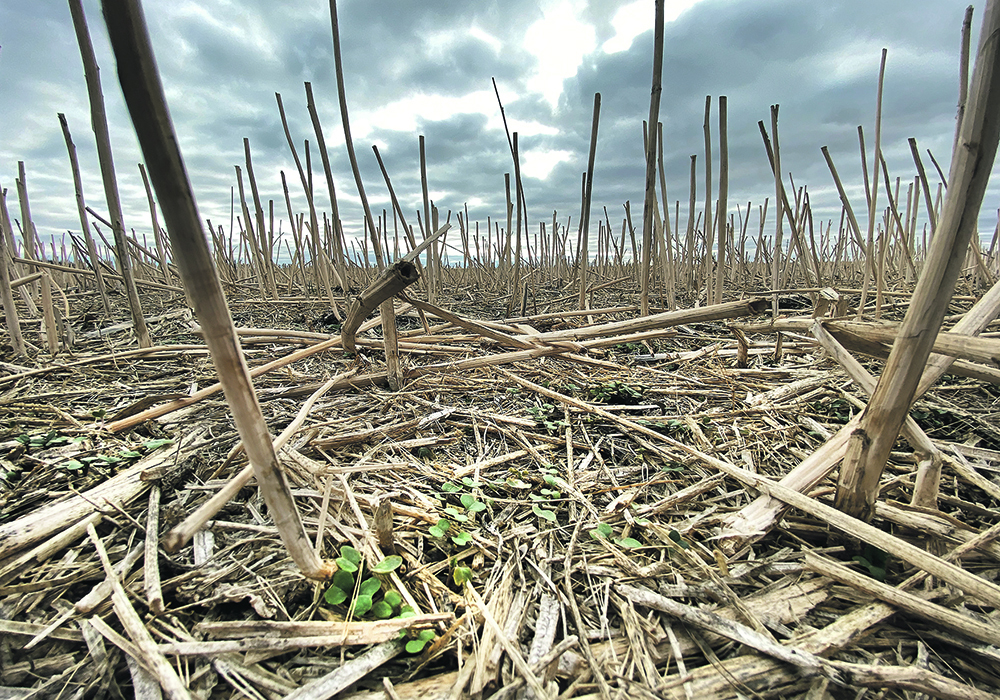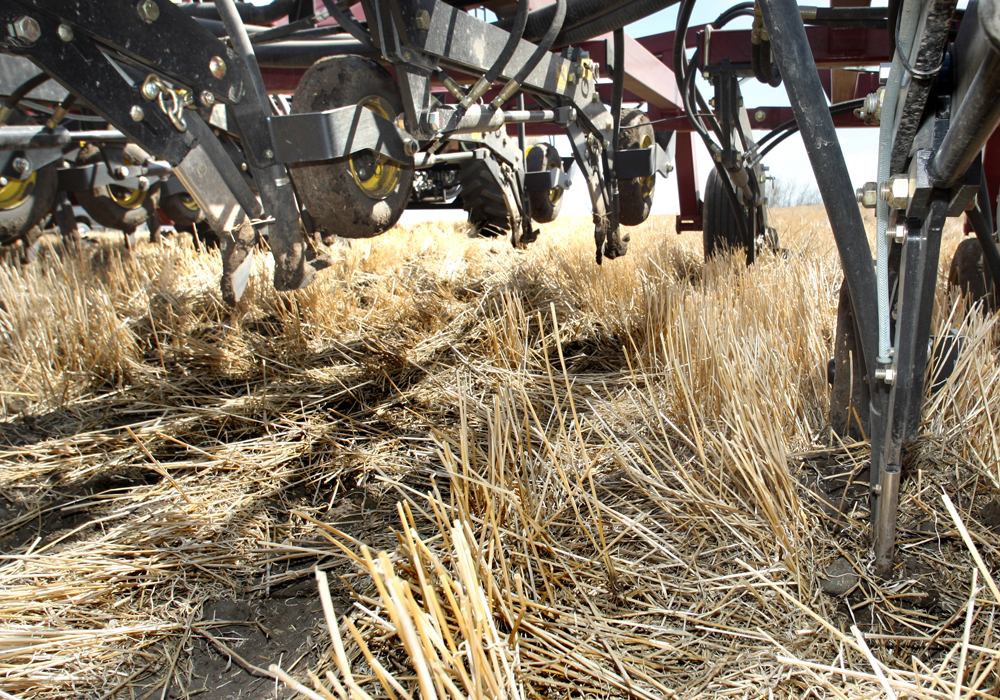Prevention of over-grazing and the production of cover crops are also called key to improving soil health
While their methods vary, farmers and ranchers across the Prairies are improving their soils to produce more abundant crops and forages.
Farmers gathered during the Western Canada Conference on Soil Health and Grazing Dec. 5, where they shared experiences and learned from other farmers and experts in the field.
But in a couple of cases, it was what those who attended didn’t do that proved the focal point for discussion. Most of them don’t till and they don’t over graze.
As well, they grow a diverse range of crops and forages, keep the cattle out grazing as long as possible in tight groups, and create what’s known as soil armour by cover cropping or by letting the herd compress the uneaten remainder.
Read Also

Farming Smarter receives financial boost from Alberta government for potato research
Farming Smarter near Lethbridge got a boost to its research equipment, thanks to the Alberta government’s increase in funding for research associations.
Brian Harper with Circle H Farms in Brandon was part of a three-member panel of ranchers and farmers who shared what they do to improve soil health.
Harper raises his breeding stock on only forages, and sells the culled animals directly to consumers.
“There isn’t a lot of work now,” he told farmers and ranchers during the conference. “We don’t have hay, and by keeping our soil healthy we’ve extended grazing by quite a bit.”
In the past three years, he’s managed to restore organic matter by nearly one percent. He considers that to be a big deal.
“It didn’t sound like much, but the fellow who worked with conservation told me it was huge,” he said. “We’re excited to see where we’re going to be three years from now.”
Other producers also saw soils improve.
“On land we’ve just taken over that was traditionally farmed, we’ve been able to go from two percent organic matter to around that six percent,” said producer Duane Thompson during the conference.
Thompson has a 10 to 14 year rotation on his 8,000-acre mixed-farm near Kellilher, Sask.
During the first half of his rotation cycle, he plants a mix of perennial forages on one side of the farm and plants annual crops on the other side. During the later half of the cycle, he rotates the forages into the crop side and vice-versa.
“By doing that, we’re able to improve the soil considerably,” he said, “That builds a nitrogen bank in the soil and then we are able to harvest that nitrogen in the incoming years of the annual cropping system.”
David Archuleta, a soil scientist with the Soil Science Society of America, told producers to reduce tilling and over-grazing as much as possible.
As well, producers should implement practices like cover cropping, and if they have to till, which is generally the case for organic farmers, he said they should do it in a way that minimally disturbs the land.
“How you set your drill is critical,” he said. “You would want to do it when it’s cold to prevent more of those microbes from releasing.”
But change is hard, Archuleta added, and producers may face naysayers.
“The social and cultural pressure is immense,” he said, noting some people may get frowned upon for going no-till.
“The key is integrity, and every time you feed your soil you’re being that person. We need more of you.”




